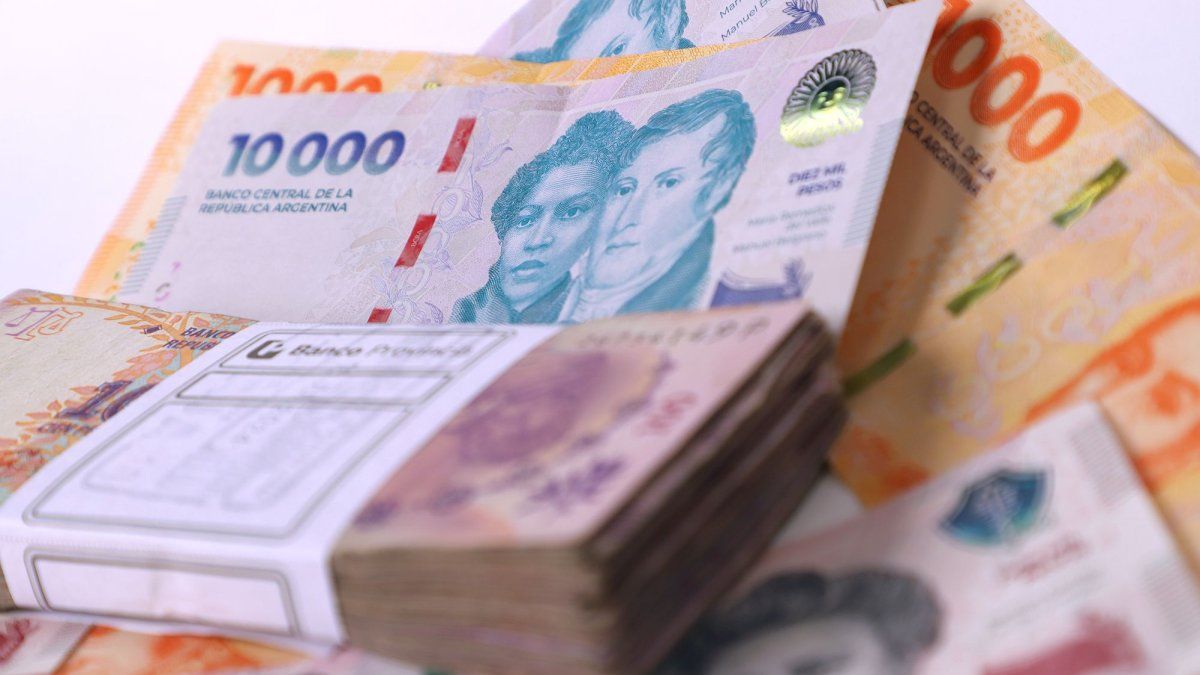With a self-proclaimed libertarian government that advances in deregulation and declares itself an enemy of Statethe analysis of the Impact of state assistance on the different branches of economic activity becomes key. A report from the Congressional Budget Office (CBO) calculated the impact of this contribution on the added value from 40 sectors during 2023. Of the total, 37 have a positive attendance. Food, agriculture and hydrocarbons are the only three with a negative impact due to withholdingsWhich are the most favoured? How do trade protection and tax benefits affect them?
Beyond his preaching, Javier Milei maintained capital controls and did not put into discussion key issues such as tax expenditure (tax exemptions that benefit certain sectors and other advantages). Although he did advance in deregulation and opening up certain sectors. Beyond that, the x-ray of state assistance in the different branches of activity is key to measuring the eventual impact of future policies.
The OPC, commissioned by the Budget and Finance Commission, began measuring the Effective Attendance Rate (AER)an indicator that quantifies the level of assistance that each sector receives from the State through commercial and fiscal intervention. Calculate the contribution that the state action represents on the added value of the activityIf the APR is greater than 0%, it means that its added value increases; if it is lower, it decreases it.
The most benefited activities
Of the 37 activities with positive APR, By far the most benefited by state intervention during 2023 was the manufacture of radio, TV and communications equipment. In the previous survey, with data from 2022, the same thing had happened. In this case, two factors come together: on the one hand, It has a high rate of trade protection and, on the other hand, it is the activity with the highest rate of tax assistance due to the tax benefits granted by the Tierra del Fuego Economic Promotion Regimewhere many of the factories are located. Thus, State contribution reaches 191.5% of its added valuethat is, almost triples it.
One step below, with an APR of 95.6%, is the production of motor vehicles. The batch of sectors with a contribution greater than 50% is completed by Tobacco (68%), Leather and Footwear (60%) and Confections (50.8%). “In these four cases, Assistance is fundamentally of a commercial nature”the OPC report states in reference to protection regarding the entry of imported products and trade agreements with other countries.
image.png
The list continues with Textiles (42.7%), Office machinery (39.5%), Other industries (37.9%), Rubber and plastic (36.7%), Metal products (30.1%), Paper (27.7%), Electrical machinery and appliances (26.5%), Non-metallic minerals (25.7%), Common metals (25.2%), General machinery and equipment (22%), Fuels (19.9%), Fishing (19.4%), Medical, optical and precision instruments (18.9%), Wood and by-products (16%), Financial intermediation (15.5%, in an atypical case in which the entirety corresponds to tax assistance), Chemicals (12%) and Other transport equipment (8.8%).
With low contribution concentrated in tax benefits, there are Health (2.9%), Hotels and restaurants (2.2%), Electric energy (2.2%), Transportation and storage (2.1%), Extraction of metallic and other minerals (2%) and Water (1.9%).
At a level just above neutral are Forestry (1.3%), Education (1%), Communications (0.9%), Real estate, business and rental activities (0.8%), Trade (0.8%), Publishing and printing (0.8%), Other services (0.5%), Construction (0.4%) and Gas (0.3%).
The OPC clarified that it could not be included in the report. Knowledge economya term that generally refers to the activities benefiting from the eponymous promotion scheme, but which covers a wide range of activities.
The impact of withholdings
Meanwhile, there was only three activities with negative APR directly linked to the perception of withholdingsa distorting tax but mostly applied to highly competitive sectors. It is Extraction of coal, gas and oilwhich had a negative impact of state intervention equivalent to 3.3% of the sector’s added value.
The greatest impact of export duties was in Agriculture, livestock and huntingwith a negative attendance of 13.8%, and in Food and Drinkswhere the APR reached 51.7%.
Looking ahead to the medium term, it seems unlikely that this incidence will change. The Government included a controversial projection of an increase in export duty revenue of more than 100% in the 2025 Budget sent to Congress. Regardless of whether it is justified or not, this was read as a sign that a decrease is not expected at least next year.
The OPC highlighted that, despite having applied methodological changes from one year to the next, there was a great correspondence with what was surveyed for the year 2022. The main increases in the ranking occurred in Non-metallic minerals (21 positions), Office machinery and Common metals (both 10 positions), in all three cases due to changes in the methodology.
The textile sector dropped four positions year-on-year due to changes in the import of inputs and goods. In terms of contribution to added value, the drop was even more significant: 71.3 percentage points.
Source: Ambito




